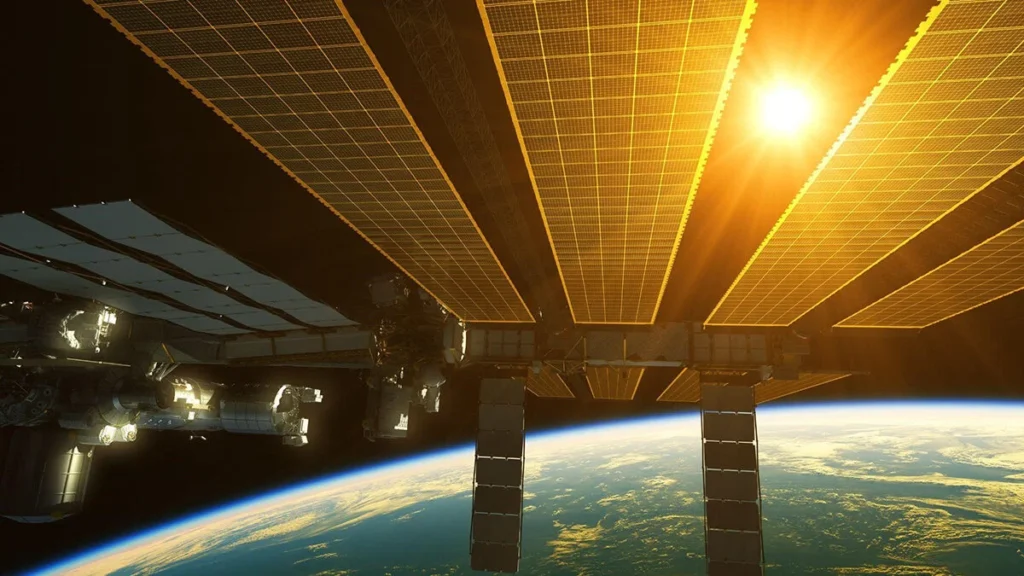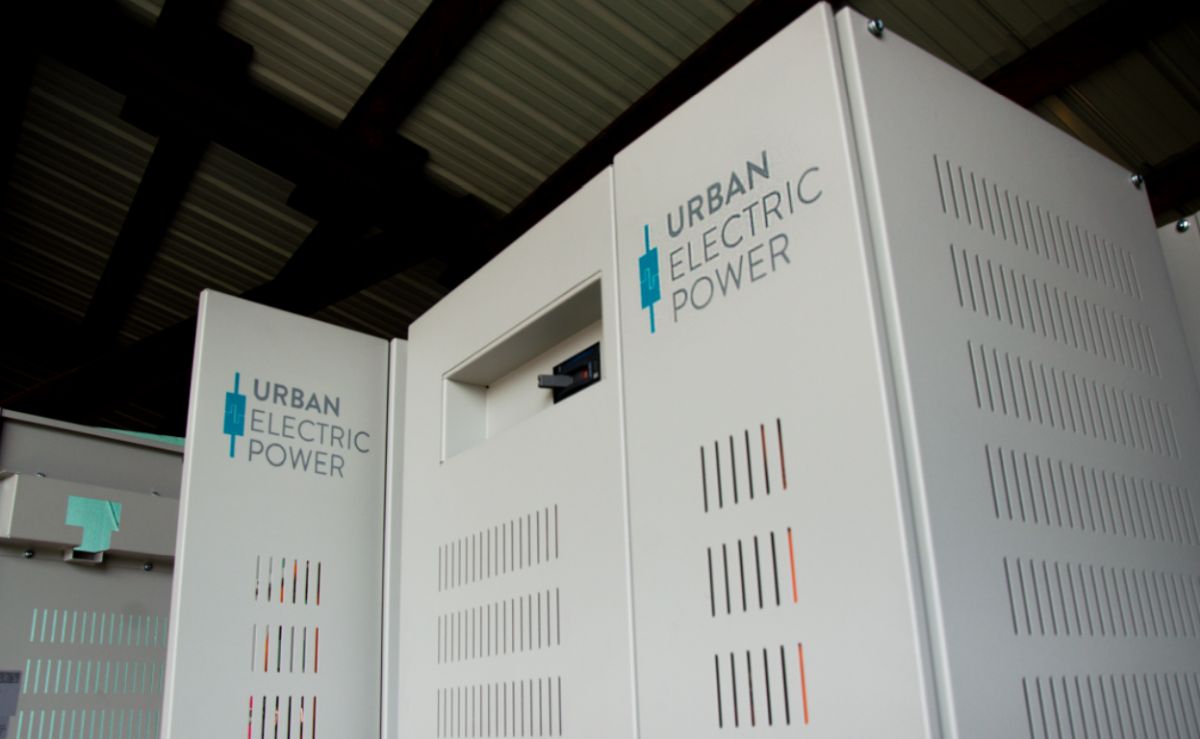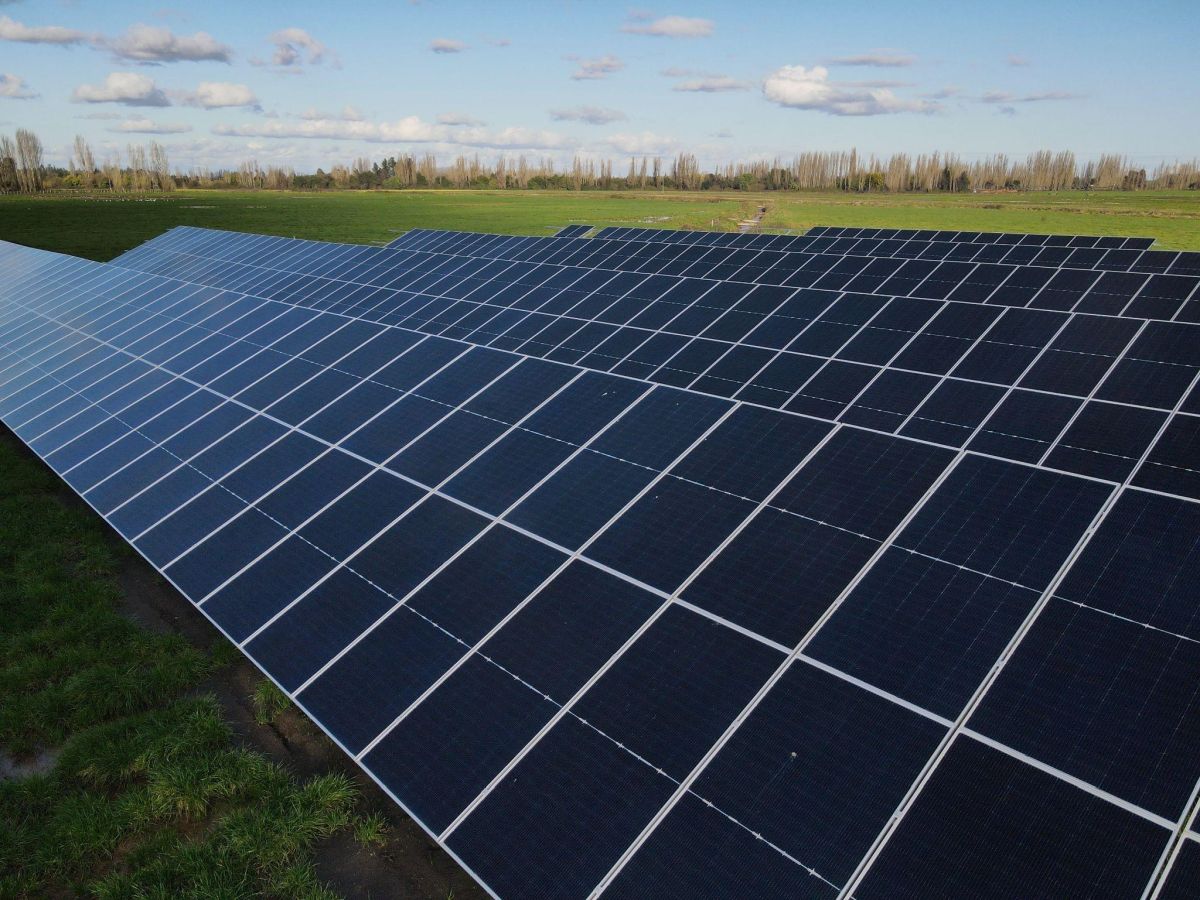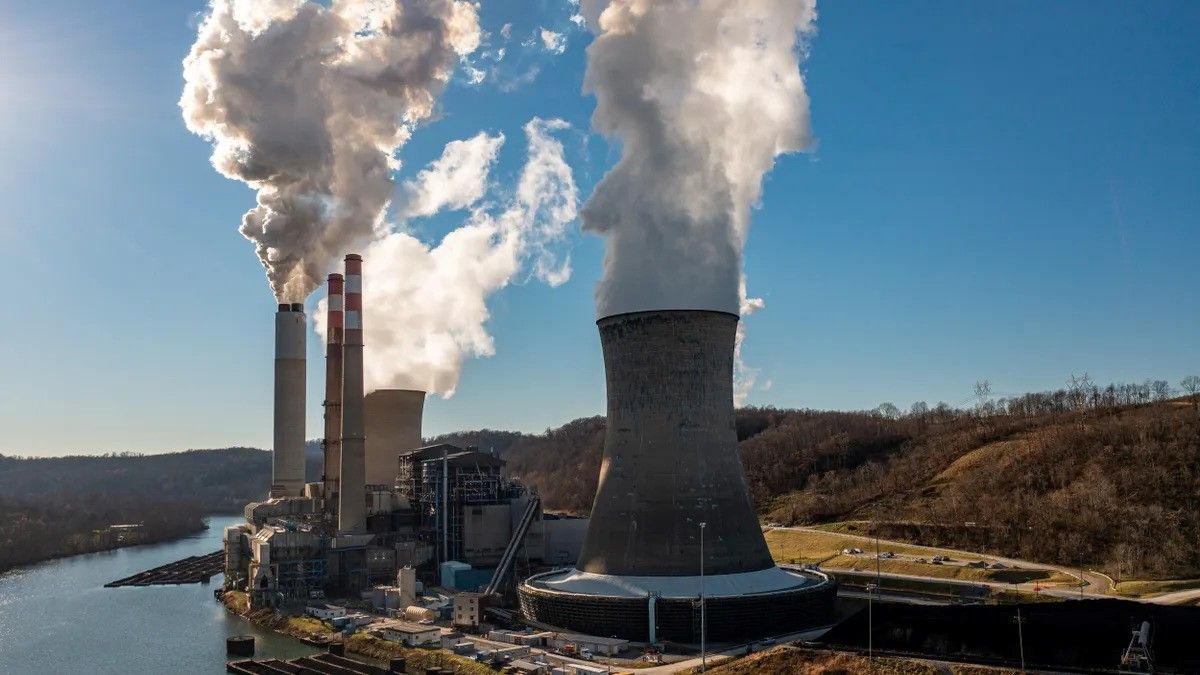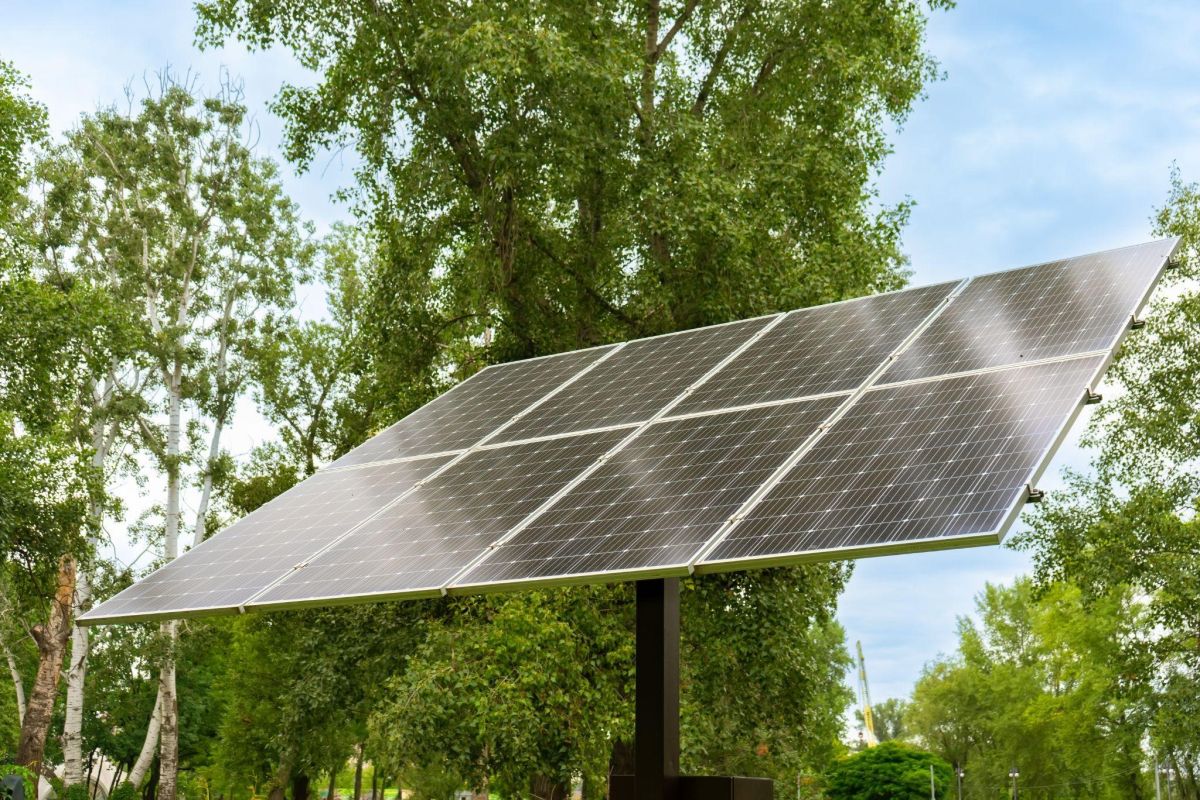WWW.POWERENGINEERINGINT.COM
Following Caltech’s first demonstration of wireless transmission of solar power in space, the other two experiments on the satellite are delivering promising results.
With the space solar power demonstrator coming up for a year since its launch into space, results emerging are fast moving the potential of harnessing solar power in space and beaming it to the earth from science fiction to science fact.
The first key result to emerge in May 2023 was the first demonstration of wireless transmission of power in space, with the detection at Caltech’s Pasadena campus of energy from the MAPLE (Microwave Array for Power-transfer Low-orbit Experiment) technology on the satellite.
Subsequently the DOLCE demonstration is reported as having been completed, while the ALBA experiment is still ongoing, a recent feature in the Caltech magazine has revealed.
DOLCE
DOLCE (Deployable on-Orbit ultralight Composite Experiment), which ran from May to September, was aimed to demonstrate the packaging and deployment mechanisms for the flexible solar PV membranes that will be required for a full scale solar power spacecraft.
For this the project team has developed a method named ‘slip wrapping’, which is described as dividing the membranes into precise strips that are first compactly folded into a star shape and then wrapped around a central axis to form a tight cylindrical package.
The edges of the membranes are reinforced with tape-measure-like sections of ultrathin composite material made of glass and carbon fibre bonded together on one side.
These sections, named ‘longerons’, have a high bending stiffness which allows them to store energy during packaging and then enables the structure to self deploy.
Deployment occurs as a reversal of the wrapping process, with the folded strips first uncoiling under control of a motor into a star shape and then the star unfolding into a flat structure with the stored strain energy in the longerons.
“We discovered that this is a highly repeatable process, very robust,” Sergio Pellegrino, project co-director and a principal investigator, was quoted as saying.
“In fact, we’ve never broken any of the structures we built by folding and unfolding them, but it took much study to develop the technique for packaging and even more study to acquire the courage to let the structure deploy by itself.”
ALBA
The ALBA experiment is comprised of a collection of 32 solar PV cells to assess the technologies that are the most effective in the space environment.
The tests, which began in June, have so far indicated that gallium arsenide cells perform well in space, even though they do not have a protective coating.
The two other solar cell technologies being tested include PV cells made from thin-film perovskite and ‘quantum dots’ or semiconductor nanocrystals that are based on quantum theory.
The Caltech team is reported to be aiming to develop a PV cell with an efficiency level of 25% – slightly less than the 32% of current space PV cells – but that are 100 times less expensive at $100/m2 and 40 times lighter at 0.05kg/m2 but have a specific power 33 times greater (6.6kW/kg).
To achieve these targets, novel manufacturing techniques and exotic materials are being investigated for the creation of the cells.
Among these is ‘spalling’, which involves peeling a layer of ceramic material from a bulk crystal to create a thin film layer and which can then be baked in a consumer oven type furnace.
Harry Atwater, another of the principal investigators on the project, was quoted as saying the processing is the same as is taught to Caltech’s first year students.
“It’s a point of validation that these low-cost cells we made with processing that you can do in your kitchen will work in space, and they work nicely. This is the first time these kinds of PV cells have ever been tested in space.”









